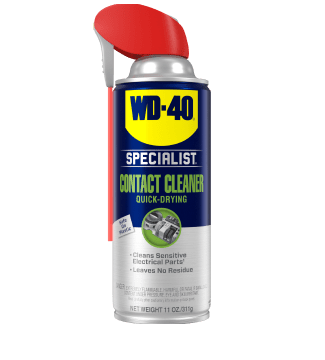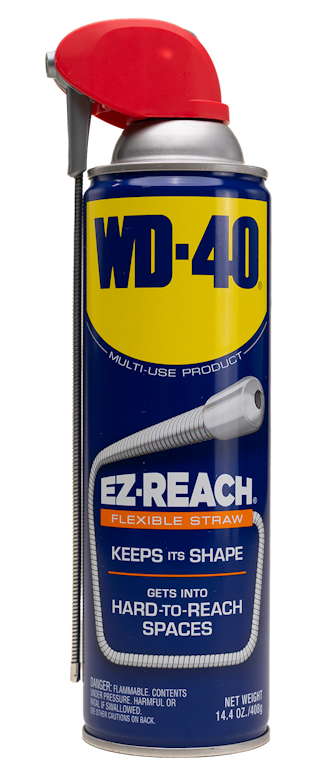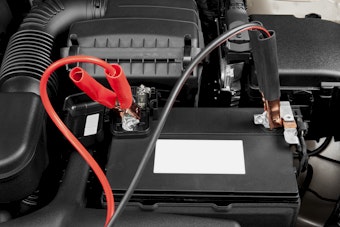Maintaining Auto and Deep-Cycle Batteries
Maintaining Auto and Deep-Cycle Batteries
<< BackPeople use batteries every day in their cars, on boats, electric bikes, golf carts, wheel chairs, and more. Two common types of batteries used in vehicles and other equipment are the regular “lead-acid” battery such as those normally found in cars, and a “deep-cycle” battery used on other equipment that doesn’t have a combustion engine. These variations serve different electrical functions and also require different kinds of care and awareness. Read more in this week’s WD-40® Brand Blog focused on maintaining large batteries.
Regular Lead-Acid Batteries
Regular “lead-acid” batteries are the ones commonly found in vehicles with gasoline engines. These types are designed to create short bursts of electricity powerful enough to crank-start an engine. Once the key turns in the ignition, a signal is sent to the battery that begins a process of changing chemical energy to electrical energy. The power stored in the electrolyte fluid of the battery (usually an acid) flows between the positive and negative connections through the starter to crank the engine.
The battery also powers other components of the car such as the lights, AC, and other accessories, but the requirement for large bursts of power is what sets the lead-acid batteries apart from the deep-cycle batteries. This output is measured in “cold cranking amps,” and a 12-volt battery needs to maintain 7.2 volts for 30 seconds in a temperature of -18°C to pass muster.
Due to the intended purpose and design of regular lead-acid batteries, they are not meant to be entirely drained of power – in fact, the battery may never dip below 20% of its capacity during its lifecycle. Vehicle alternators recharge the battery during operation, and manual recharges by the user are not generally recommended (and can sometimes damage the battery).
Deep-Cycle Batteries
Deep-cycle batteries, as opposed to the quick power bursts of the lead-acid batteries, send consistent and ongoing power at lower levels. The utility of these kinds of batteries is generally considered in terms of Reserve Capacity, measured in amp-hours. This quality describes how long a battery can continuously run at the same level of charge (commonly, 25amps of current at 10.5 volts for time). While a deep-cycle battery may only have half of the cold crank amperage of a lead-acid battery, its reserve capacity can be 2 or 3 times larger.
Both batteries use an electrolyte fluid to store chemical energy, but deep cycle units are meant to be used fully or near fully before recharging. Frequent charging of the battery at lower use levels can sometimes lead to stratification of the electrolyte solution, which disrupts the chemical balance of the battery and greatly affects performance.
Care & Maintenance
The technology for energy storage in regular lead-acid batteries and deep-cycle batteries is actually quite similar, despite differences in how they release power. The metallic elements used to transfer the chemical energy are of different shapes and thicknesses, but each is subject to sulfation if left uncharged for a long time. Keep periodic charging patterns for deep-cycle batteries and don’t let a car sit for weeks or months on end without caring for the battery.
After replenishing the charge of a battery, be sure it’s not too hot from regaining the energy and storing it in the cells. If the battery is immediately set into operation without a “rest” it could lead to grid corrosion and potentially battery failure. Prevention is the best solution – let it cool for a while before putting the battery to use.
Pro Tip: The positive and negative battery terminals on regular lead-acid and deep-cycle batteries can become congested when the acids react with the metal of the terminals to form layers of brown, white, blue, or green corrosion. Restore terminals to good working condition with WD-40 Specialist® Contact Cleaner by using a wire brush (avoid touching with hands) after spraying the affected areas and wiping clean with a cloth or rag.
FEATURED PRODUCTS
WANT TO GET MORE TIPS AND TRICKS?
SUBSCRIBE TO THE NEWSLETTER




